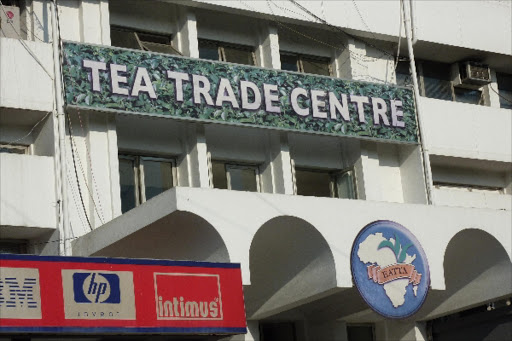
Our Projects are
Transforming African Trade
Quick Contacts
2nd Floor, Fidelity Insurance Centre Waiyaki Way, Westlands

Tea auction prices have shown a sign of recovery after maintaining an upward trend for the second week, despite remaining below the traditional two-dollar mark.
A kilo at the Mombasa auction averaged $1.85 (Sh199.87) this week, a slight increase from $1.82(Sh196.63) in last week’s trading.
Out of 171,065 packages (11,363,081 kilos) available for sale this week,140,022 packages (9,268,419 kgs) were sold.
18.15 per cent packages remained unsold.
Kazakhstan and other CIS states lent strong support and were dominant while Sudan showed strong activity with increased interest from Pakistan packers, Yemen, other Middle Eastern countries and Russia, the East African Tea Trade Association (EATTA) data indicates.
“Afghanistan showed strong support with useful inquiry from Bazaar and UK. There was reduced interest from Egyptian packers while Iran were selective with strong activity from local packers,” EATTA managing director Edward Mudibo said.
Somalia were more active at the lower end on the market.
Last week, Kazakhstan, other CIS states and Sudan showed more and strong interest and were forceful while Afghanistan and Bazaar increased activity and were also forceful, according to EATTA.
Out of 176,602 packages (11,716,349 kilos) available for sale last week,139,925 packages (9,246,702 kgs) were sold, meaning this weeks sold packages went high.
20.77 per cent packages remained unsold last week.
The upward trend comes as a relief after three straight weeks of trading at an average $1.73 (Sh186.91), with price depreciation meaning low earnings for farmers.
EATTA is hoping the commodity will go back to above the two-dollar mark in the next few weeks.
It has traded below two dollars for 13 consecutive weeks.
Read the original article
Disclaimer: The opinions expressed herein are the author’s and not necessarily those of TradeMark Africa.
Disclaimer: The views and opinions expressed in this article are those of the authors and do not necessarily reflect the official policy or position of TradeMark Africa.